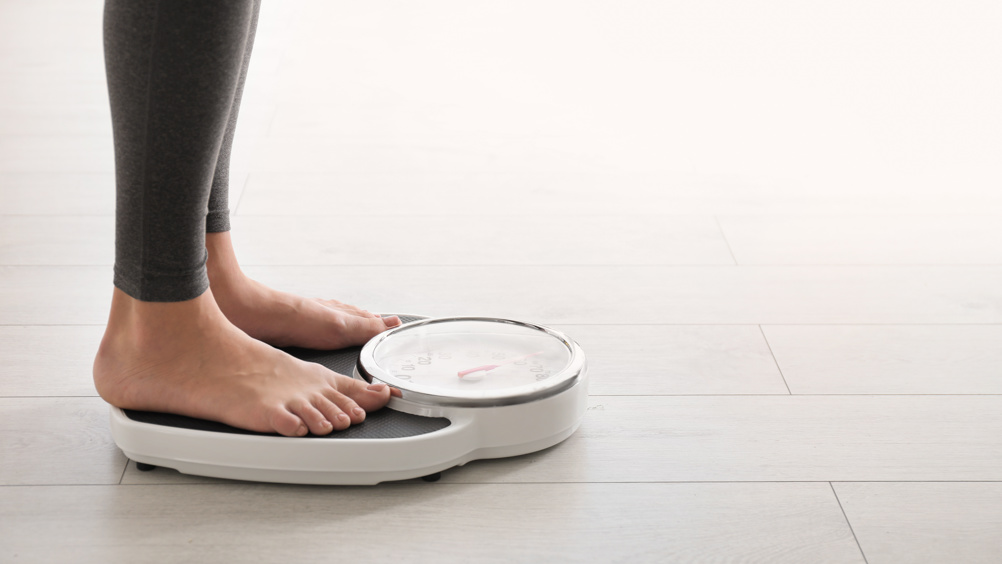References
Temporal trend of early pregnancy high body mass index in Australian women: risk factors and outcomes

Abstract
Background
There is a shift toward the increasing weight gain among women of reproductive age.
Aim
To assess changes in the prevalence of high body mass index (BMI) (including both overweight and obese) in early pregnancy in Australian women, and its risk factors and association with selected birth outcomes from 2011–2017.
Methods
Records of pregnant women who received antenatal care and gave birth at an Australian tertiary hospital during 2011–2017 were evaluated and trends of high BMI were investigated.
Results
The risk of high BMI at early pregnancy increased by 3% annually and rose from 37% in 2011 to 44% in 2017. The risk of high BMI was greater in women who were more than 35 years old, multiparous, were smoking during pregnancy, and who had neurological disorders. High maternal BMI was associated with greater risks of having assisted conception, caesarean section and larger neonate.
Conclusion
The rate of high BMI in early pregnancy increased between 2011–2017.
High body mass index (BMI) is currently the world's most common health problem. From 1980–2015, the prevalence of higher than normal BMI has doubled worldwide and has increased continuously in most countries. A total of 107.7 million children and 603.7 million adults are obese, which leads to an estimate of 30% of the world's population being affected by weight problems (GBD Obesity Collaborators, 2017).
There is also an alarming shift towards increasing weight gain among women of reproductive age. According to the National Survey of Family Growth (Vahratian, 2009) in the US, almost one-third of women of reproductive age (20–44 years) were overweight (BMI: 25.0–29.9 kg/m2) and 23.0% were obese (BMI≥30.0 kg/m2) in 2002. Additionally, the Pregnancy Risk Assessment Monitoring System data from nine states in the US (Kim et al, 2007) has shown that the incidence of obesity in early pregnancy has increased from 13% in 1994 to 22% in 2003. Similarly, the National Health Survey in Australia has reported that 24% of all Australian women aged 25–44 years old were overweight, and 14% were obese, in 2004–2005 (Australian Bureau of Statistics, 2008). Unlike these reports, research by McIntyre et al (2012) showed a lack of a marked temporal trend towards increasing maternal obesity in pregnant women in Australia between 1998–2009.
Register now to continue reading
Thank you for visiting British Journal of Midwifery and reading some of our peer-reviewed resources for midwives. To read more, please register today. You’ll enjoy the following great benefits:
What's included
-
Limited access to our clinical or professional articles
-
New content and clinical newsletter updates each month

